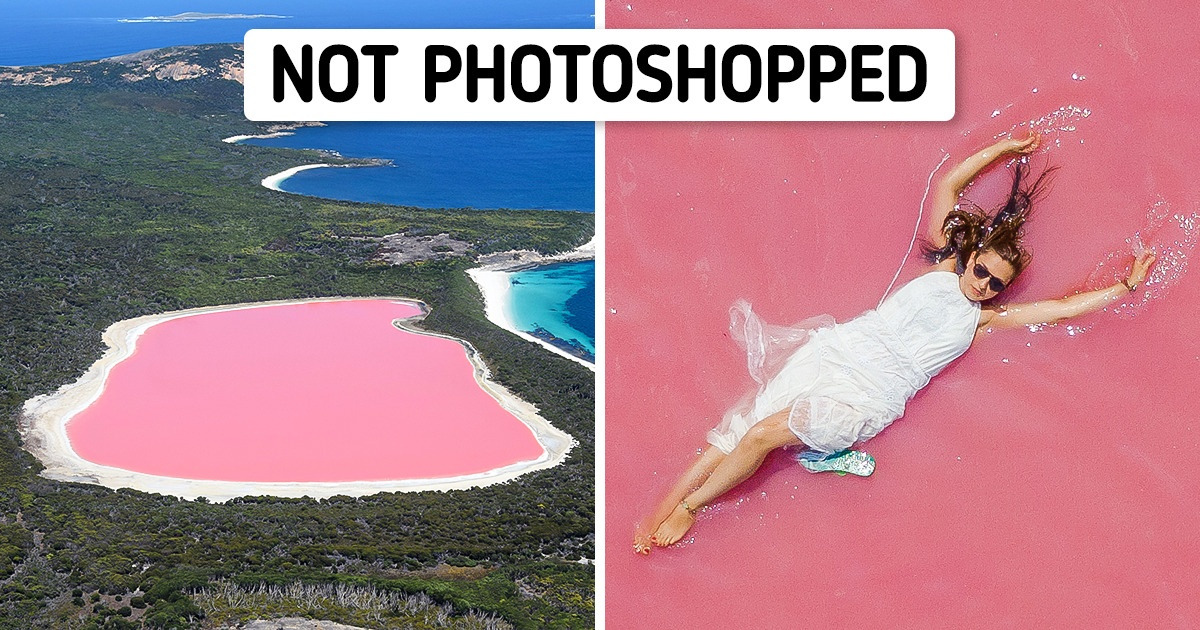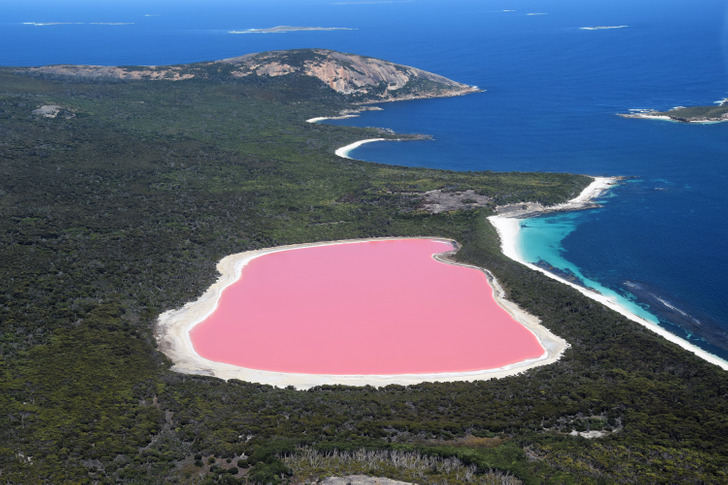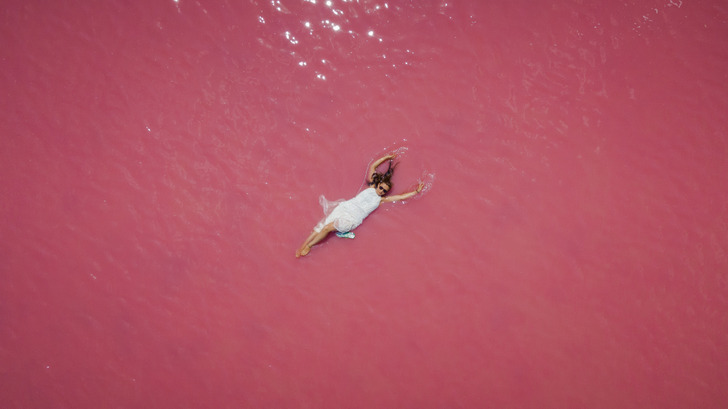wow. I'm missing so much. Always dreamed of mobbing to aus when i was a kid with its beauties.
A Recent Study Has Revealed the Secret of the Pink Lake

Hillier is a lake located in Western Australia, known for its distinctive pink color. While you may think it’s been Photoshopped or something, we are here to uncover the truth — the river is entirely natural. And today, we want to share with our readers about its color and why it’s considered to be a natural phenomenon.
It might look human-made, but it’s not.
Long before bubblegum was ever created, people have wondered what gave the Australian pink lake its extraordinarily vivid bubblegum coloring. Matthew Flinders was the first to suggest that Lake Hillier’s pink tint was caused by salinity in 1802, however, research has since shown that this is only half of the truth.
This lake is unique compared to other colorful lakes.
New research was launched in 2022.
Scientists have studied Lake Hillier’s pink coloration for many years, and recent research led by Scott Tighe has provided more insight into the reason behind the lake’s unique color. The research team found that the pink coloration is not only caused by microorganisms that live in the salt crusts but also the presence of high concentrations of a pigment called halo bacteriorhodopsin, which is produced by a type of halophilic archaea that thrive in high-salt environments like Lake Hillier.
The team also found that the lake’s pink color changes depending on the time of day, appearing redder in the morning and pink in the afternoon. This is likely due to how the light interacts with the pigments in the lake.
While being mysterious for so long, we finally know the lake’s secret.
The research team found that Lake Hillier is home to a diverse range of extremophiles, organisms that have adapted to survive in harsh conditions that would be inhospitable to other species. These microorganisms have evolved to tolerate the lake’s high salt levels, which contribute to its pink coloration.
Science aside, Lake Hillier is surrounded by untouched islands home to various wildlife, including seals, dolphins, and migrating whales. The lake’s unique pink color and its natural setting make it a breathtaking sight to see. It’s a popular tourist destination and an example of the beauty of nature.
Would you like to visit Pink Lake one day? What was your first guess when you saw its color?
Comments
Related Reads
I Refused to Let My Husband Be a Birth Partner for His Best Friend, Now I’m the Villain

9 Times People Wished the Ground Would Just Swallow Them Whole

I Caught My Coworker Doing Her Side Hustle on Company Time—I Refused to Stay Silent

I Refuse to Share My Inheritance—My Siblings Finally Got What They Deserved

My Stepdaughter Told Me I’m Not Her Real Dad—So I Gave Her a Wake-Up Call She’ll Never Forget

12 True Stories That Show the Power of Kindness

My MIL Moved in ‘for an Emergency’—Now She Refuses to Leave

My BFF Invited Me to Her Baby Shower, It Turned Into My Worst Nightmare

20 Vacation Stories That Are Way More Interesting Than a Postcard

I Caught My MIL Secretly Filming Me While I Breastfed My Baby

15+ Mothers-in-Law Who Can Turn an Ordinary Day Into a Comedy Show

I Was Shamed for Being a Single Mom — but My Little Girl, 6, Had the Last Word


